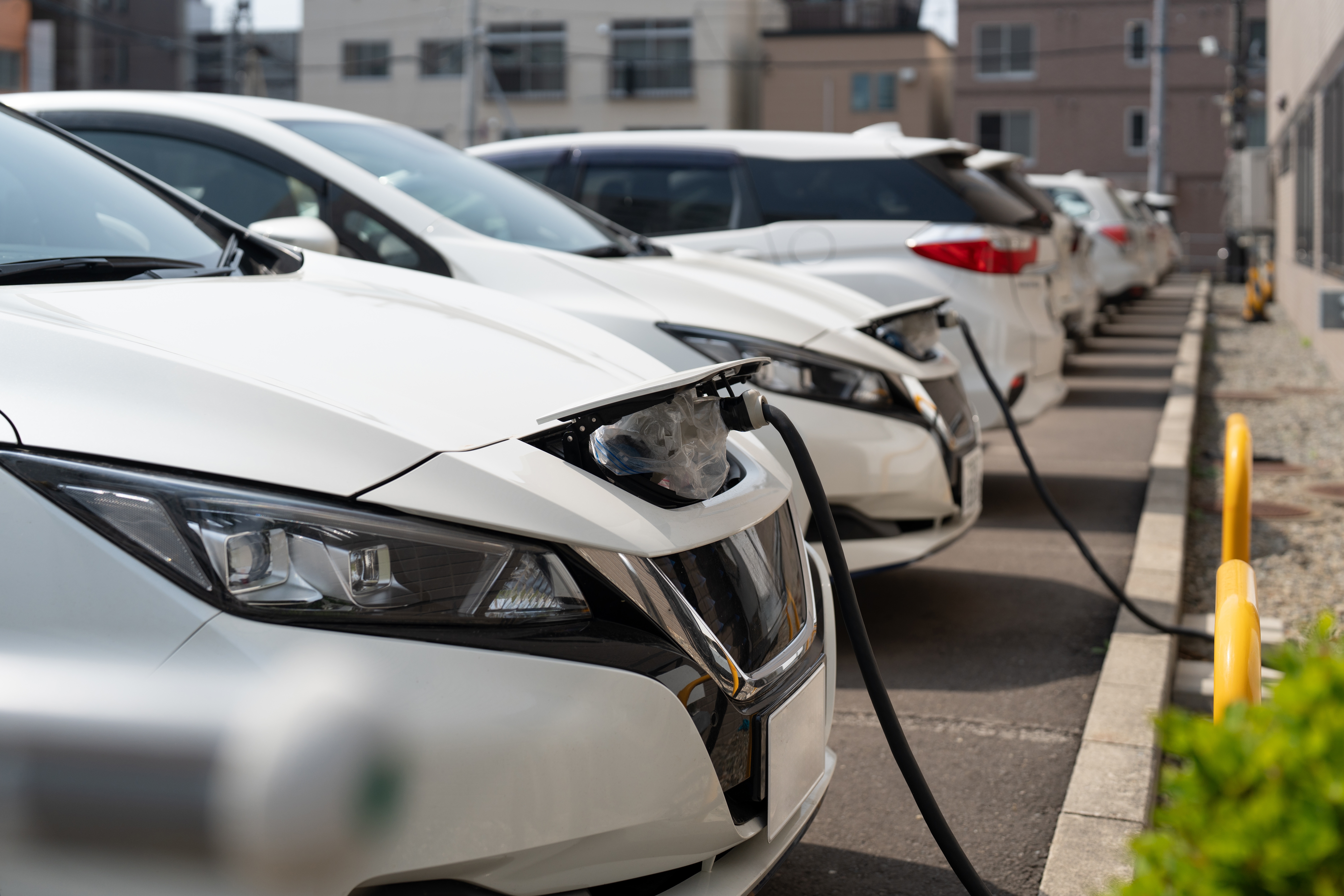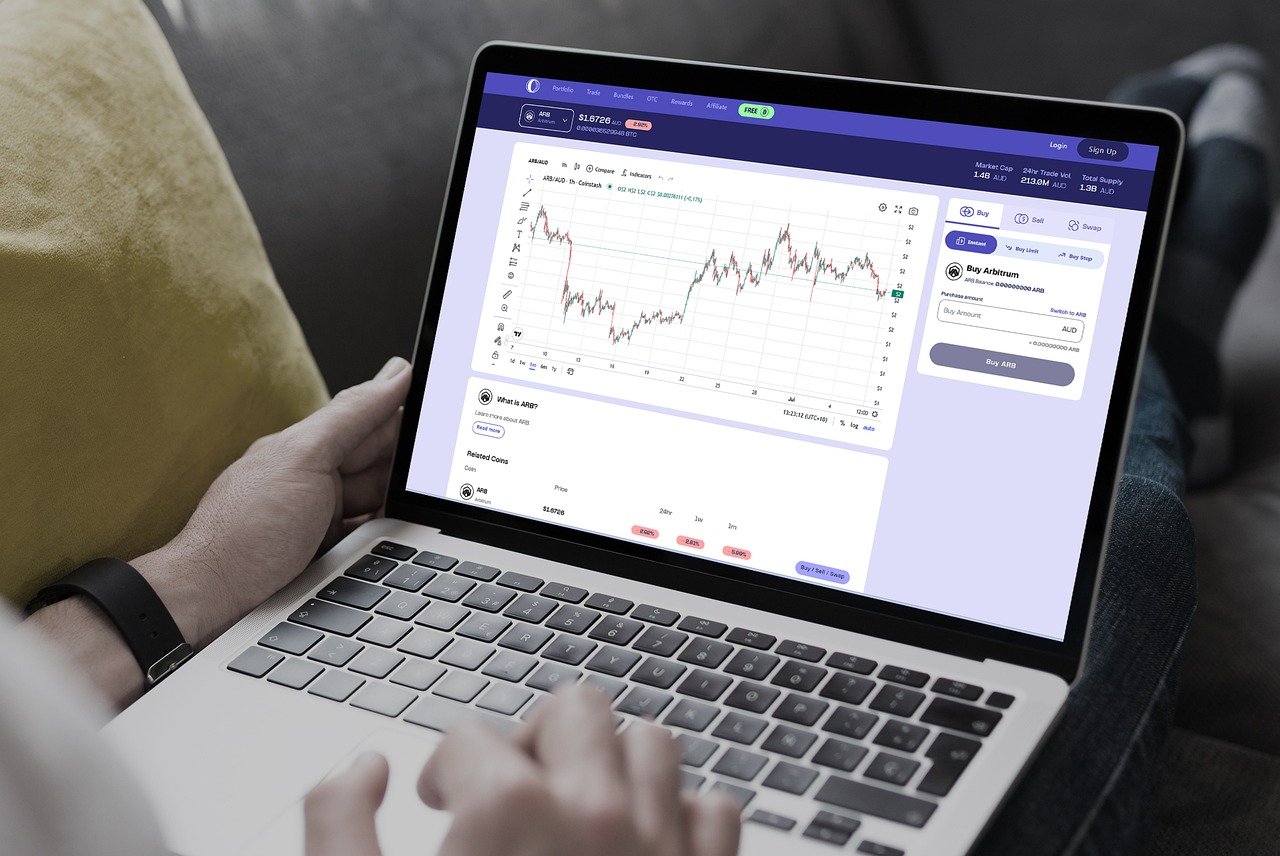Home solar battery ideal for single family homes
As residential solar installations continue to grow across the United States, homeowners are discovering that pairing solar panels with battery storage creates a more resilient and efficient energy system. A home solar battery allows families to store excess energy generated during sunny days and use it during evenings, cloudy weather, or power outages. For single family homes, this technology offers independence from the grid, potential cost savings, and peace of mind during emergencies.

Single family homes represent the ideal use case for solar battery storage systems. Unlike apartments or multi-unit buildings where energy infrastructure is shared, standalone homes give owners full control over their energy production and consumption. Installing a home solar battery system transforms a house from a simple solar energy producer into a self-sufficient power hub that can operate independently when needed.
The combination of rooftop solar panels and battery storage creates a closed-loop energy ecosystem. During peak sunlight hours, solar panels generate electricity that powers the home and charges the battery simultaneously. Once the sun sets or during periods of high energy demand, the stored power flows from the battery to keep appliances, lighting, and heating or cooling systems running smoothly. This setup reduces reliance on utility companies and provides backup power during grid failures.
What Factors Influence Home Solar System Cost?
The total investment in a residential solar and battery setup depends on several variables. System size is the primary cost driver, determined by household energy consumption patterns and roof space availability. A typical single family home in the United States uses between 25 and 35 kilowatt-hours per day, requiring a solar array of 6 to 10 kilowatts to meet those needs.
Installation complexity also affects pricing. Homes with straightforward roof access and modern electrical panels cost less to equip than those requiring structural reinforcements or electrical upgrades. Geographic location plays a role too, as labor rates, permitting fees, and local incentives vary by state and municipality. Federal tax credits currently offset a significant portion of installation expenses, reducing the effective cost for homeowners who qualify.
Equipment quality and brand reputation introduce additional price variation. Premium solar panels with higher efficiency ratings and longer warranties command higher prices but may deliver better long-term value through increased energy production and durability. The same principle applies to battery systems, where capacity, chemistry type, and manufacturer reputation influence both upfront costs and operational lifespan.
Understanding Solar Battery Storage Price
Battery storage represents a substantial portion of the overall system investment. Lithium-ion batteries dominate the residential market due to their energy density, efficiency, and declining costs over recent years. A typical home battery system with 10 to 15 kilowatt-hours of usable capacity can store enough energy to power essential appliances through the night or during a brief outage.
Pricing for battery storage has decreased significantly over the past decade as manufacturing scales up and technology improves. Current market rates reflect both the physical hardware and the sophisticated electronics that manage charging, discharging, and integration with solar panels and the electrical grid. Warranty coverage typically spans 10 years or a specified number of charge cycles, whichever comes first.
Homeowners should consider not just the purchase price but also the value proposition. Battery systems enable time-of-use optimization, allowing households to avoid expensive peak electricity rates by drawing from stored solar energy instead of the grid during high-cost periods. In regions with frequent power outages or unreliable grid infrastructure, the reliability benefit alone justifies the investment for many families.
How Home Solar Battery Systems Work
A complete home solar battery system consists of several integrated components working together seamlessly. Solar panels convert sunlight into direct current electricity, which flows to an inverter that transforms it into alternating current suitable for household use. The battery storage unit connects to this system through a charge controller that manages energy flow based on real-time conditions.
Smart energy management software monitors production, consumption, and storage levels continuously. When solar panels generate more electricity than the home currently needs, excess power charges the battery. Once the battery reaches full capacity, additional surplus energy may flow back to the grid if net metering agreements are in place, earning credits on utility bills.
During evening hours or cloudy periods when solar production drops, the system automatically draws from battery reserves to maintain uninterrupted power supply. Advanced systems can be programmed to prioritize certain loads during outages, ensuring critical appliances like refrigerators, medical equipment, or heating systems remain operational while less essential devices are temporarily disconnected to extend battery life.
Comparing Popular Home Solar Battery Options
Several manufacturers offer residential battery storage solutions with varying specifications and price points. Understanding the differences helps homeowners select the system that best matches their needs and budget.
| Product Name | Manufacturer | Usable Capacity | Cost Estimation |
|---|---|---|---|
| Powerwall 2 | Tesla | 13.5 kWh | $11,000 - $12,000 |
| IQ Battery 10 | Enphase | 10.1 kWh | $9,000 - $10,500 |
| RESU10H | LG Energy Solution | 9.3 kWh | $8,500 - $9,500 |
| Eco 10 | Generac PWRcell | 9 kWh | $9,500 - $11,000 |
| BYD Battery-Box Premium HVS | BYD | 7.7 - 12.8 kWh | $7,500 - $10,000 |
Prices, rates, or cost estimates mentioned in this article are based on the latest available information but may change over time. Independent research is advised before making financial decisions.
Each system offers distinct advantages. Some prioritize maximum capacity for extended backup duration, while others emphasize modularity, allowing homeowners to expand storage over time as needs grow or budgets allow. Compatibility with existing solar equipment and inverter technology also influences product selection, as some batteries integrate more seamlessly with specific brands or system architectures.
Installation Considerations for Single Family Homes
Proper installation ensures optimal performance and longevity of home solar battery systems. Battery units require climate-controlled environments, typically installed in garages, basements, or dedicated utility spaces. Extreme temperatures reduce battery efficiency and lifespan, so placement in conditioned spaces protects the investment.
Electrical code compliance is mandatory, requiring licensed electricians to handle connections between solar arrays, batteries, inverters, and home electrical panels. Permitting processes vary by jurisdiction but generally involve plan reviews and inspections to verify safe installation practices. Working with experienced solar installers familiar with local requirements streamlines this process and prevents costly delays or corrections.
Maintenance needs for modern solar battery systems are minimal but not nonexistent. Periodic software updates ensure optimal performance as manufacturers refine algorithms. Visual inspections check for physical damage, loose connections, or environmental issues like moisture intrusion. Most systems include remote monitoring capabilities that alert homeowners and installers to performance anomalies requiring attention.
Long-Term Value and Energy Independence
Investing in a home solar battery system delivers benefits that extend beyond immediate cost savings. Energy independence provides security against rising utility rates and grid instability. As electricity prices continue their historical upward trend, locked-in solar production costs become increasingly attractive compared to purchasing power from utilities.
Environmental benefits align with growing awareness of climate change and carbon footprint reduction. Solar energy generates zero emissions during operation, and battery storage maximizes the use of clean energy by preventing waste of surplus production. Households powered primarily by solar and battery systems significantly reduce their reliance on fossil fuel-based grid electricity.
Property value considerations also favor solar-equipped homes. Real estate studies consistently show that homes with solar installations sell faster and command premium prices compared to similar properties without renewable energy systems. Battery storage enhances this advantage by offering complete energy solutions rather than partial solar coverage.
For single family homeowners committed to sustainability, cost control, and energy resilience, solar battery systems represent a practical and increasingly affordable path forward. As technology continues improving and costs decline, adoption will likely accelerate, making clean energy storage a standard feature in modern American homes.




